
Carbon Fiber AC MkV
Story and photos by Juan Lopez-Bonilla
Ever wonder how old carbon-fiber technology is? One of the earliest uses of this material dates back to 1879 by inventor Thomas Edison. He baked cotton and bamboo to the point of carbonization and created a filament for his lightbulb.
Casting the light of today on this material, it’s now found on everything from tennis rackets to stealth fighters. Not to mention car bodies, like the AC Cobra replica shown here, which has some other intriguing traits, as we’ll see.
What are the pros and cons of this unusual composite? Carbon-fiber is strong, light — but expensive. It requires a tremendous amount of energy to produce, 3,000 degree Celcius heating for extended periods. Once the thin carbon strands (about 1/20 of human hair) are done cooking, they are woven together into a mat of interlocking strands running perpendicular to each other. Add resin to hold it all together and you have carbon-fiber.
As for the unusual carbon-fiber Cobra shown here, it’s a Mark V replica from AC Cars, one of only a few built in Malta, as part of a failed attempt to save the iconic AC badge back in 2007. This firm, Britain’s oldest automotive manufacturer, was founded back in 1903, and built a three-wheeler called the Auto-Carrier. It also made carriages for invalids, and various products to support the war effort during WWII. Fast forward to 1953, and the first AC with a Bristol engine was put into production and raced at LeMans in 1957-58. Carroll Shelby came on the scene in ’62, and stuffed a Ford V8 into the AC Ace. Thus the Cobra was born.
While Shelby was making a name for himself stateside, AC built a number of production cars and Cobras in the UK until selling the brand to Brian Angliss in 1982, which then became Autokraft. He reportedly produced about 480 cars known as the Mark IV.
Hobbled by high development costs, the company changed hands in 1996, and AC’s new owner moved the UK plant to Malta in 2005 and started production of the Cobra carbon-fiber model shown here. But plant and production problems ended the project in 2007. According to the AC Cobra page, only three Mark Vs were produced in Malta before the factory closed. The AC brand lives on, however, under the ownership of Acedes Holdings, LLC, and is now based in Germany, where a Chevy-powered variant is produced with a body made of an aluminum/epoxy composite.
The owner of this Mark V model is Bryan Marshall of Jeffersonville, Indiana. He’s no stranger to Cobras, and British sports cars in general. He’s owned eight Cobra replicas over the years, but this is my favorite out of all of them. Commenting on its modified and elongated chassis, “I loved the look but enjoy the driveability too,” he relates. “The weight of the car is lower down, due to the lighter body, and the chassis feels much stiffer, like a production car. Also, the footboxes are enlarged, and I’m a bigger guy, and it just fits me.”
How did Bryan come across such a rare replica? He purchased the Mark V in 2008 from Luke Richards of Lucra Cars in California, who imported his Mark V as a rolling chassis from Malta, and had planned to be the U.S. distributor for AC. The car is estimated to be few hundred pounds lighter than a typical fiberglass Cobra replica, so with a 475 hp, 347-cube Ford stroker under the hood, the power-weight ratio is excellent. “It’s scary fast,” Bryan admits. “It feels like I need a wing up front.”
That’s the same size engine originally installed here in the U.S., but it threw a rod soon after he purchased the car, so he went with an experienced Cobra engine builder, Performance Engineering for a replacement. The stroker is fitted with a pair of four-barrel carbs, and a TREMEC six-speed manual transmission divvies up the power curve, so the revs stay low even at freeway speeds.
As for the chassis, it has a traditional four-inch round-tube frame with a multilink front suspension, and a Jaguar IRS. Wheels are 16-inch knock-offs, just a tad larger than used on the original Shelby.
In the cockpit, the dash is clear-coated carbon-fiber (not a vinyl overlay), the same material as the body of the car. Other visual differences include the molded recess in the transmission tunnel for the parking brake, and the Euro-spec taillights.
Originally the car came with a carbon-fiber steering wheel and shifter knob, but Bryan thought those items were overkill and replaced them with more traditional components. “Enough is enough,” he notes. “It looked like a Formula One car, so I went with a Nardi wood-rim wheel and shifter knob as a nod to tradition, and it looks a whole lot better as well.”
Surprisingly enough, even though this particular model is possibly the only one in the U.S., Bryan ran into an ex-employee of AC Cars at the London Cobra show (held in London, Ohio), who knew the whole story behind the car, and praised the quality of the build. “He was so proud of the workmanship that went into it,” Bryan recalls.
All told, even though he bought the car sight unseen, he has no regrets about taking a chance on such a rare and unusual replica. “I’ve bought and sold dozens of cars. It’s a car that I’ve kept.”




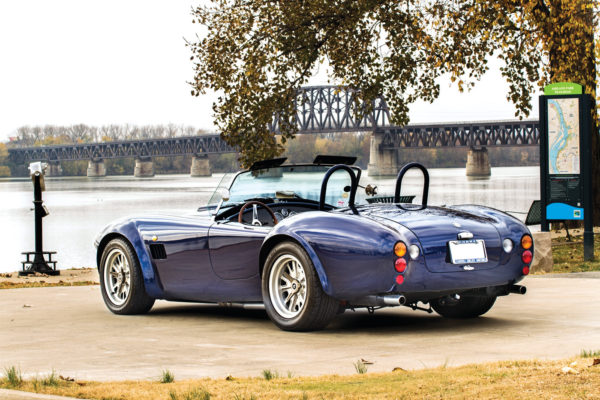


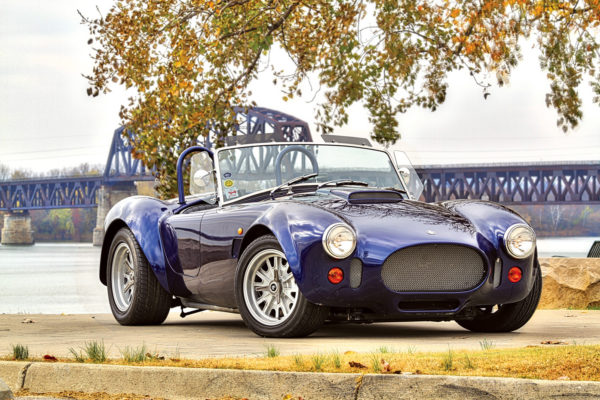

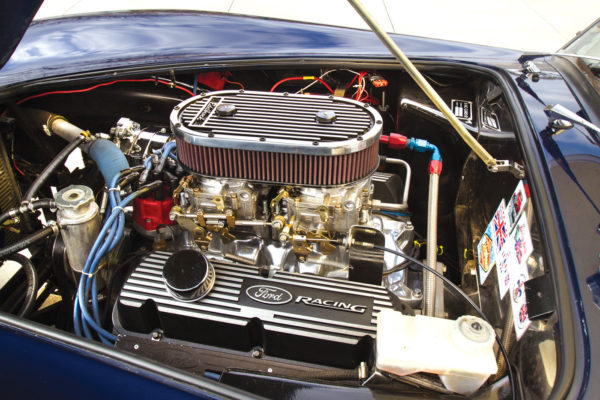
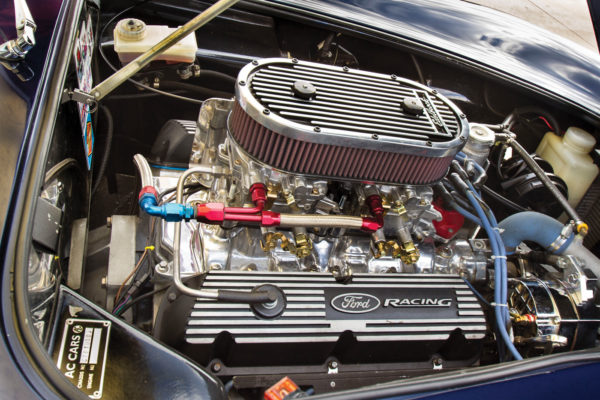


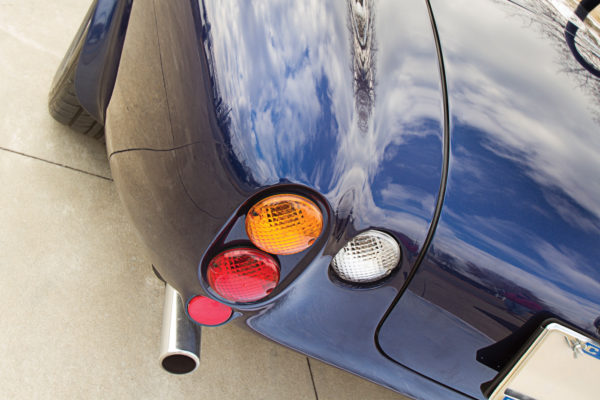



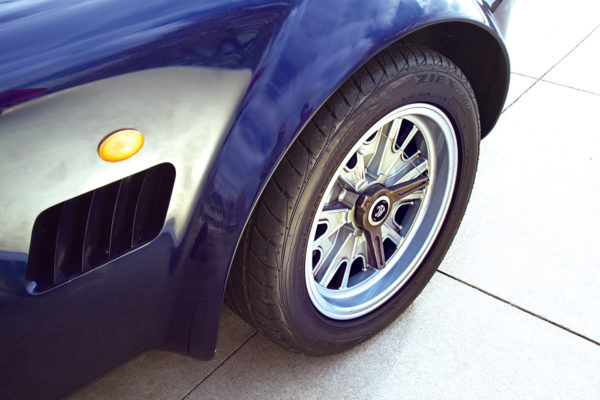




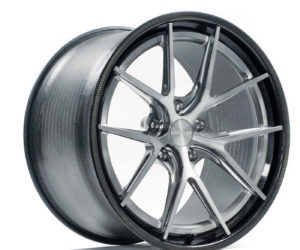

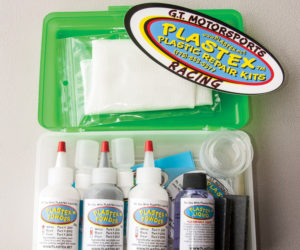
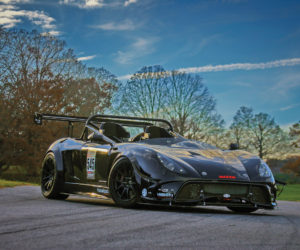




Comments for: The Keeper
comments powered by Disqus